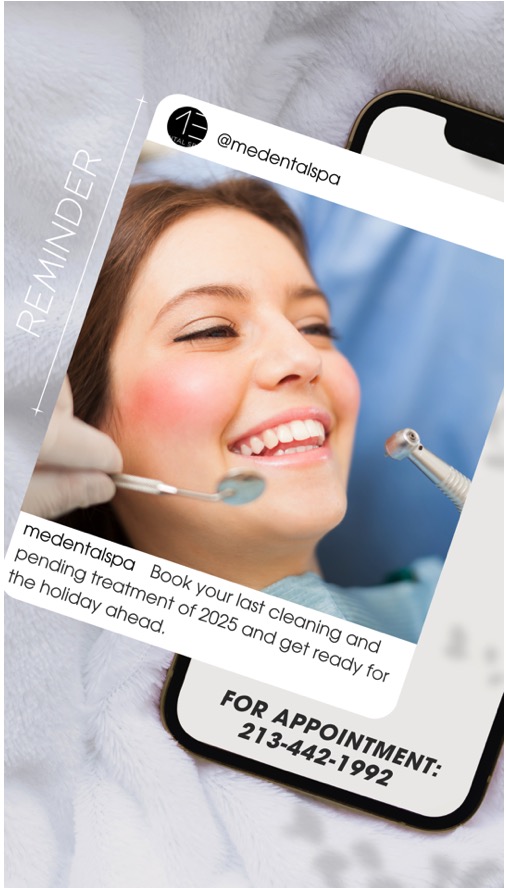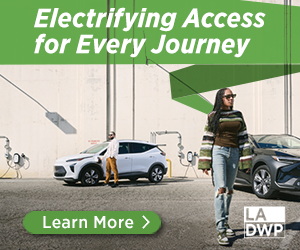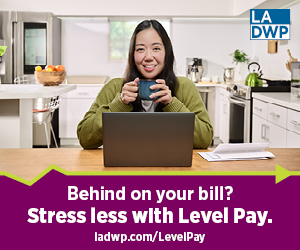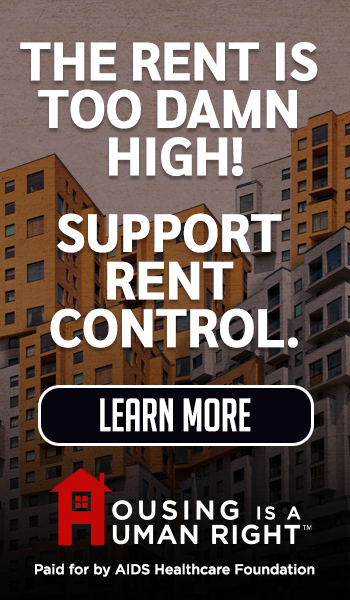Comments
WELLNESS - In the past, addiction in Los Angeles was whispered about—talked around, not talked through. It was something people survived in private or didn’t survive at all. But now, that curtain of silence is starting to lift. The city is in the middle of a quiet but meaningful shift, one that trades judgment for support and replaces denial with long-term solutions. With fentanyl still wreaking havoc in pockets of LA County and alcoholism on the rise in younger populations, more people are realizing that addiction is no longer someone else's problem. It’s a neighborhood issue, a family concern, a citywide challenge. And the way LA responds—through new programs, community centers, and yes, through hard conversations—is starting to look a lot less cold and a lot more human.
From Encino to Echo Park, Who’s Really Getting Help?
There’s an outdated stereotype that the only people checking into treatment are washed-up celebrities or people scraping rock bottom. But across Los Angeles, that narrative is shifting fast. It’s teachers and Uber drivers. It’s burned-out nurses, overwhelmed students, and sometimes, it’s the mom dropping her kid off at preschool who cries behind the wheel before heading to her outpatient meeting. Substance use doesn’t wear a uniform, and neither does recovery.
Facilities all over the city—from Tarzana to Silver Lake—are adapting to meet this wider, more complex need. Some offer inpatient beds, but many are leaning into outpatient care to help people balance recovery with real-life responsibilities. This isn’t just about getting clean. It’s about rebuilding a life while still being part of it. And that’s especially true for parents, caregivers, and low-income workers who can’t vanish into a thirty-day facility and hope everything holds together in their absence.
There’s also a renewed push for trauma-informed care, where the goal isn’t just to stop using but to understand why the addiction took root in the first place. Counselors are paying closer attention to how housing insecurity, mental illness, and even the everyday stress of trying to survive in one of the most expensive cities in the country can drive someone to numb out. That kind of understanding is opening more doors than ever before.
When the Starting Line Is a Detox Bed
Not everyone starts their recovery at the same place, but for many, the first stop is medical detox. Without it, most people can't even begin to think clearly, let alone heal. But in Los Angeles, not all detox centers are created equal—and the gap between a safe start and a traumatic one can be the difference between someone sticking with recovery or walking away completely.
That’s where an Orange County detox can come in as a real game-changer. Yes, it means traveling outside LA proper, but what many are finding is that this short drive south often leads to a smoother, more supported beginning. These facilities tend to be quieter, less overwhelmed by volume, and offer more individualized attention during those first foggy, fragile days. It’s not about luxury. It’s about dignity. And when someone’s body is in withdrawal, dignity counts for more than people realize.
Too often, people wait to get help until the situation becomes dangerous—either because they fear losing their job, getting judged, or not having a safe place to land. But with more people learning what quality detox can actually look like, those delays are starting to shrink. The more normalized this process becomes, the more lives can shift direction before things spiral too far.
Why Los Angeles Still Struggles to Talk Honestly About Addiction
Despite all the progress, Los Angeles has not outgrown its shame problem. Recovery is still often spoken about in whispers, especially in wealthier neighborhoods where appearances are everything. Even in more progressive areas, there’s a tendency to support mental health on the surface while quietly avoiding conversations about addiction, as though it’s a different category altogether.
The reality is that drug use doesn’t just show up in the back alleys of Downtown LA. It shows up in Venice yoga studios, in tech offices in Culver City, in high school bathrooms across the South Bay. Addiction does not care about your zip code. But too often, the response does.
This is where addiction stigma hits hardest. When people feel judged or labeled before they even walk through a door, they’re less likely to get help. And the longer they wait, the harder it becomes. Breaking that stigma isn’t a job for public policy alone. It’s something that happens in conversations between friends, in how families talk to one another, and in how the media reports these stories without turning every recovery into a tragedy or every relapse into a scandal.
More local leaders are starting to acknowledge this, especially in city-run health programs and school systems. There’s a growing understanding that prevention has to start before people even pick up their first drink or pill—and that recovery can’t just be treated like a personal failure. It’s part of a bigger system, and LA is slowly trying to fix the cracks.
How Peer Support Is Quietly Reshaping Recovery in LA
One of the most powerful things happening in the LA recovery scene isn’t happening in clinics or hospitals. It’s happening in coffee shops, church basements, and public libraries—anywhere people can gather and speak honestly about what they’ve been through. Peer-led support groups have always existed, but their role is expanding fast.
Many of these groups go beyond traditional 12-step models. They include harm reduction meetups, secular recovery circles, even text-based support groups for those who struggle to show up in person. And for younger people—especially Gen Z and late millennials—this looser, more open style of support is often a better fit. It doesn’t require labels. It doesn’t demand a specific belief system. It just offers people a place to not be alone.
LA’s unique culture helps make this possible. There’s a creative energy here that leans into reinvention. Recovery in this city can look like poetry slams, meditation nights, and sober skateboarding crews. For some, it’s about finding a sober gym. For others, it’s about reconnecting with nature in places like Griffith Park or Topanga Canyon. What matters most is that people are finding outlets that keep them grounded when everything else feels like too much.
The Road Ahead
Los Angeles still has a long way to go. Overdose rates haven’t dropped the way people hoped they would. Fentanyl is still slipping into drugs that people don’t realize are laced, and housing instability continues to make long-term recovery nearly impossible for many. But there’s something different in the air—an attitude shift, a willingness to acknowledge that what’s been done in the past hasn’t been enough.
Change rarely moves fast, especially in a city as sprawling and uneven as LA. But the pieces are starting to come together. The more access people have to real help—not just lectures or judgment—the more chance this city has to truly turn a corner. And while recovery doesn’t happen overnight, it does happen every single day, quietly, across neighborhoods, behind the scenes. That matters. That’s progress.
###

















